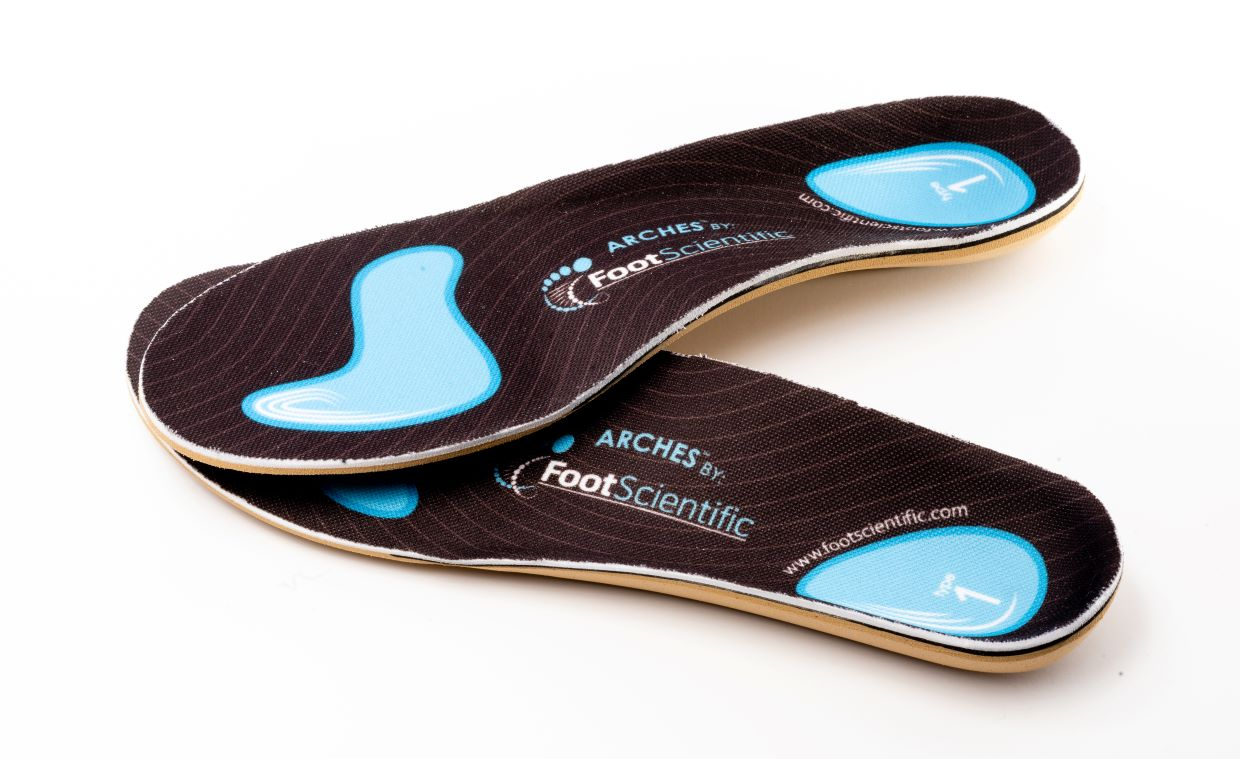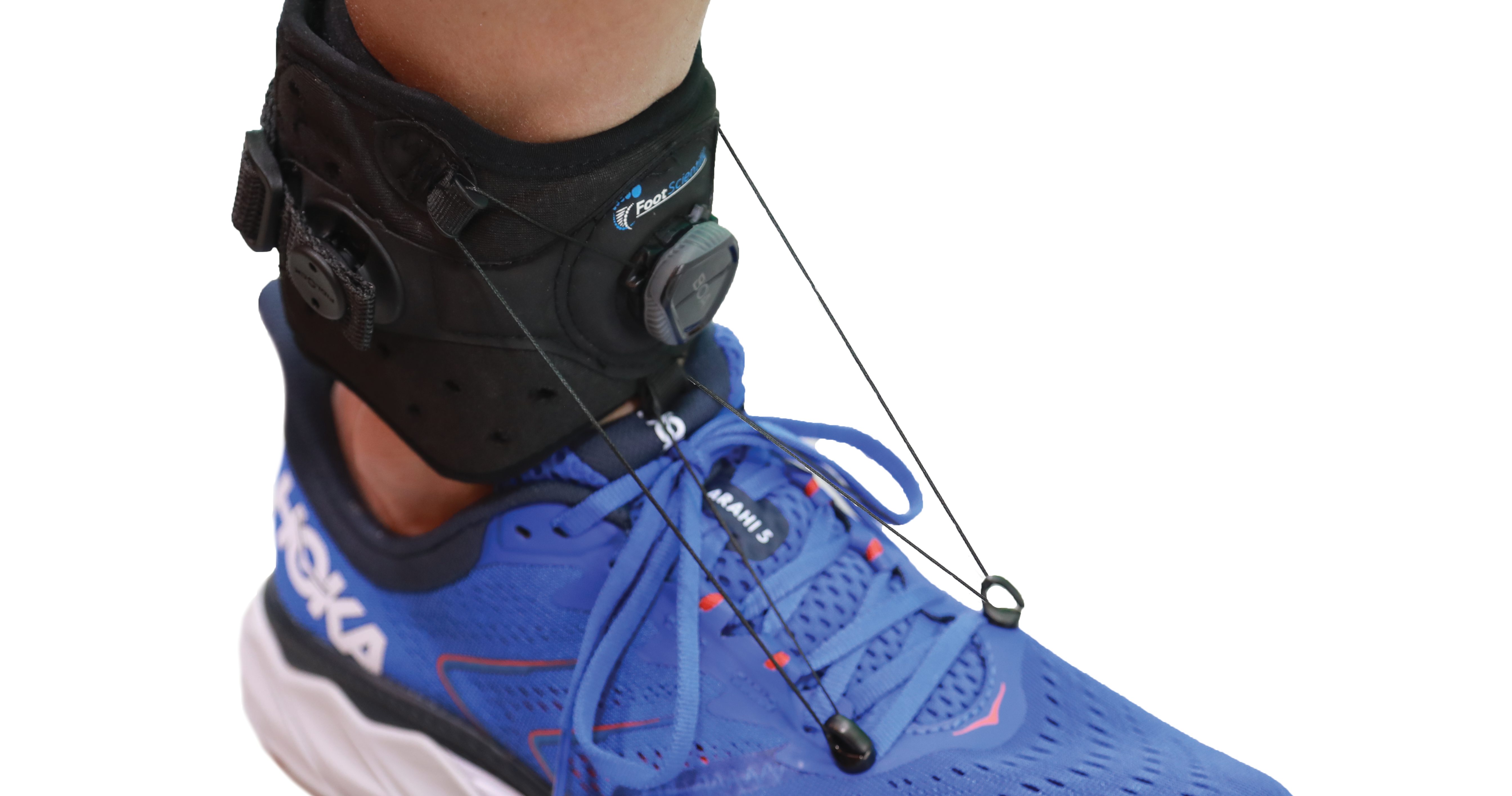Ankle Impingement
Ankle Impingement
Ankle Impingement is what happens when a bone spur or cartilage defect is present in the ankle joint. The bone spur usually ends up pinching the soft tissues in the ankle which causes pain and limited movement in the ankle joint. If the growth is on the front of the ankle bone it is referred to as Anterior Impingement and if the growth is on the back of the ankle bone it is called Posterior Impingement.
What causes Ankle Impingement?
An Ankle Impingement is caused when a bone spur or other boney or soft tissue growth develops in the ankle joint. This foreign growth then pinches the soft tissue surrounding the ankle joint, causing pain and limited movement in the patient. Past injuries such as an Ankle Sprain can also contribute towards developing Ankle Impingement.
How do I know if I have Ankle Impingement?
What are the symptoms of Ankle Impingement?
Common symptoms of Ankle Impingement include a feeling of instability, like your ankle is about to "give out" when walking or moving. Another common symptom is pain while moving the joint as well as long lasting and deep pain in the ankle joint. You may also notice a clicking or grinding noise when moving the foot and pain in the ankle if you try to stand on your tiptoes. You may notice swelling around the ankle as well.
How is Ankle Impingement diagnosed?
An Ankle Impingement is usually diagnosed through a physical examination from your physician or podiatrist. Your doctor will move and rotate your ankle to see which positions cause pain.
What can I do from home for Ankle Impingement?
What can I do to prevent Ankle Impingement?
You can help prevent Ankle Impingement by taking care of your ankle joint. This includes warming up your muscles and ligaments before taking part in athletic events and watching where you step to avoid injuring your ankle. It is especially important that make sure any past ankle injuries are completely healed before resuming physical activities. This will help to prevent re-injury.
What treatments can I do from home for Ankle Impingement?
It is important to allow your ankle to rest so try and avoid putting a lot of weight on your foot. You can also ice your ankle and take anti-inflammatory medication to manage the pain.
When should I see a doctor for Ankle Impingement?
You should see a doctor if you suspect you have Ankle Impingement. Most cases can be treated through non-surgical means but some cases of Ankle Impingement requires surgery.
Treatments your doctor may recommend for Ankle Impingement
Non-Surgical:
Rest is especially important when treating Ankle Impingement. Try putting as little weight as possible on your ankle so wearing a walking boot or wrap will help stabilize your ankle while it heals. Icing your ankle will also help with the swelling. Steroid injections are also a valid suggestion when it comes to treating Ankle Impingement.
Surgical:
If yourAnkle Impingement does not improve your physician may recommend surgery where the surgeon will either remove the inflamed tissue or the bone spur.




